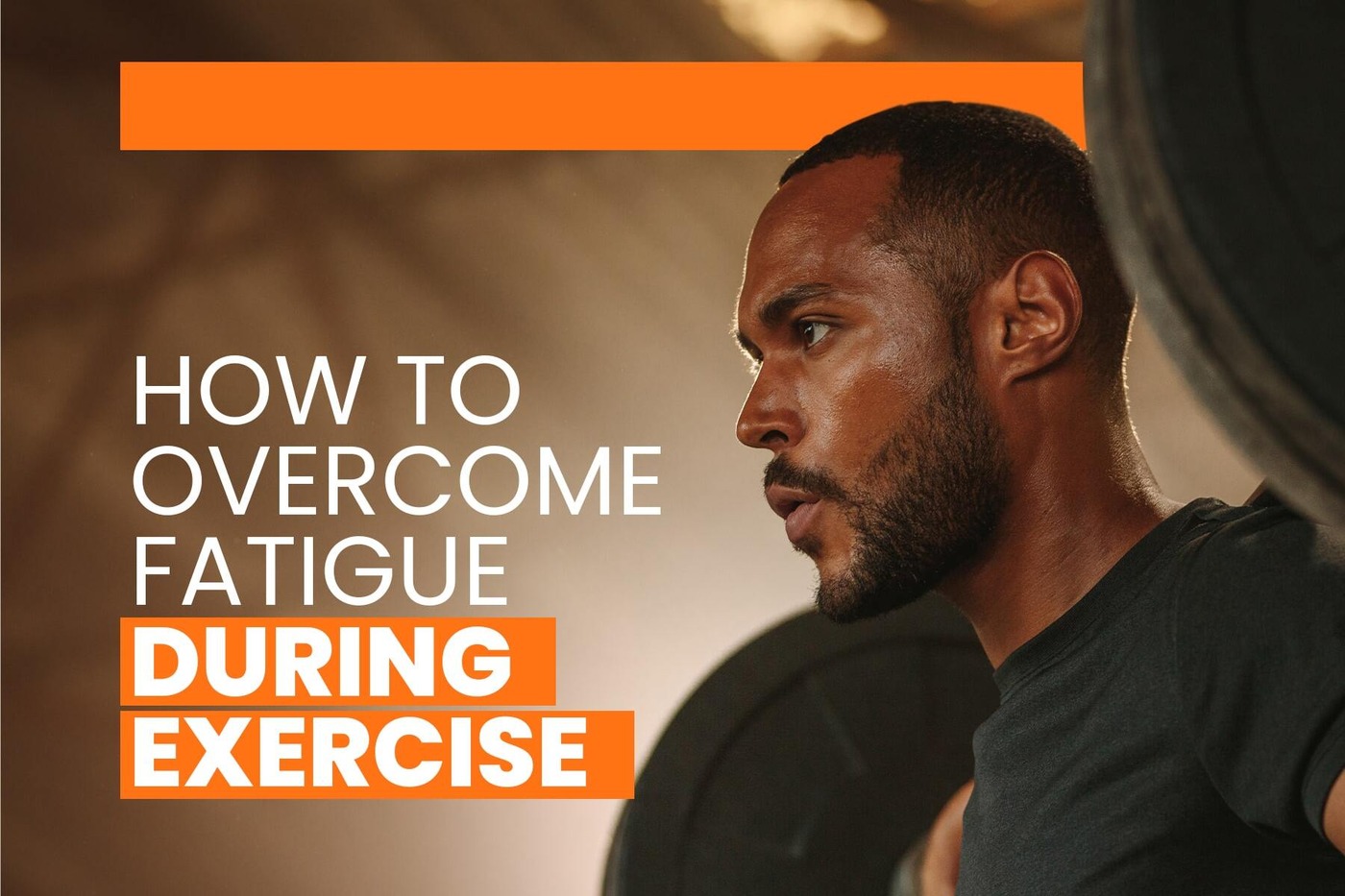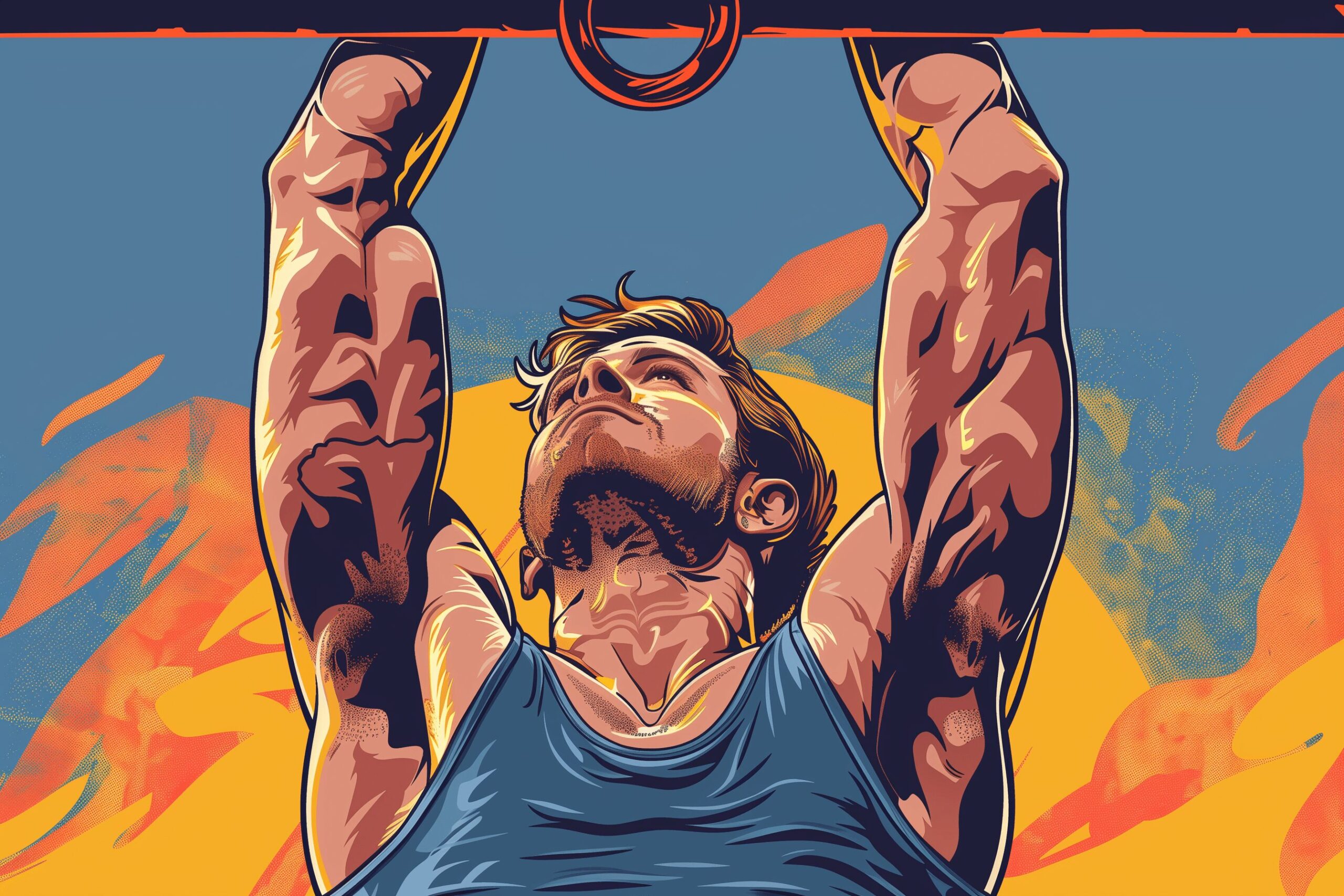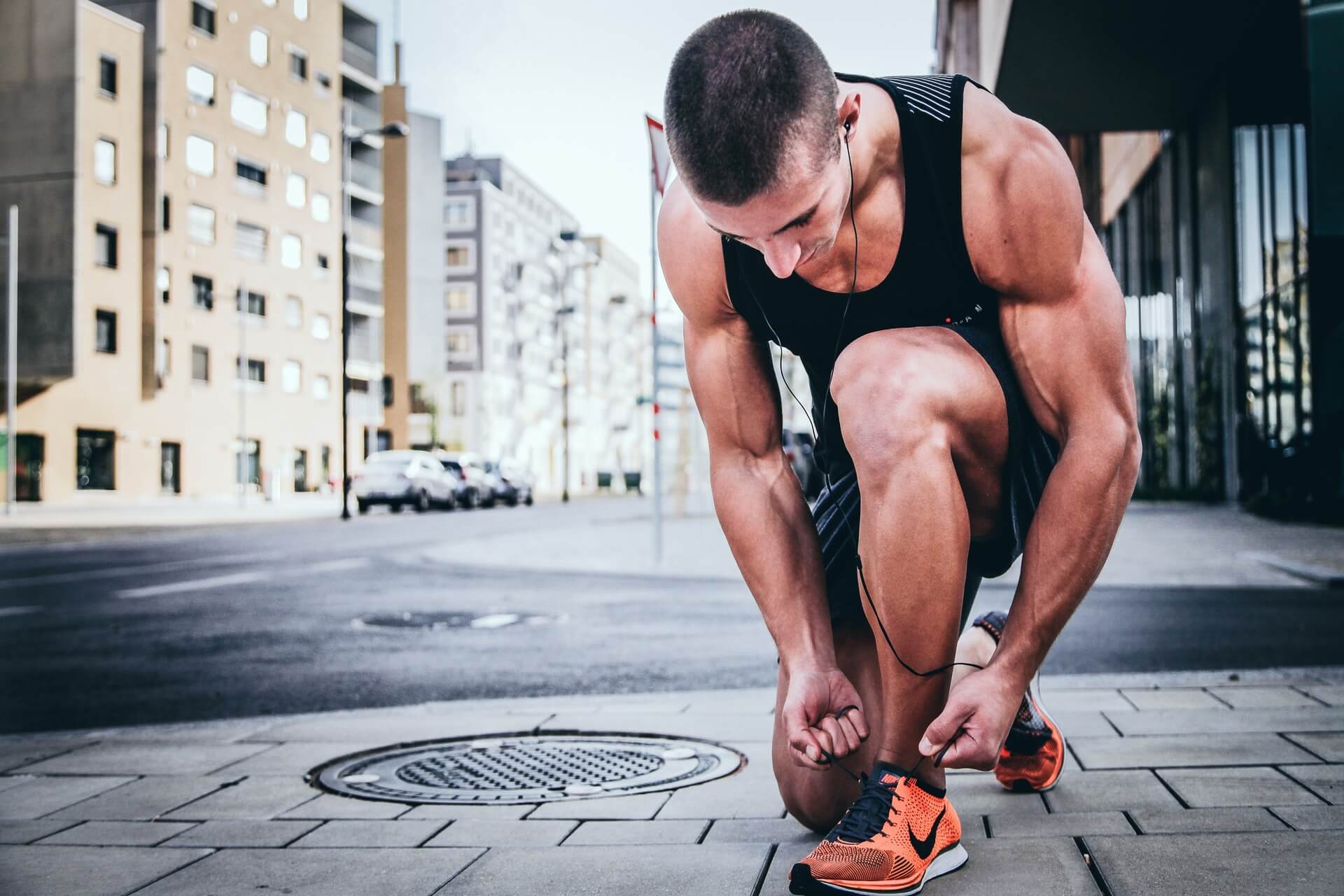How to Overcome Fatigue During Exercise
Mar 05, 2021

As an Amazon Associate, Modded gets commissions for purchases made through links in this post.
Whether you’ve been going to the gym for years or are a complete novice, you’ll likely experience fatigue every now and then. This common yet often annoying and overwhelming sense of weakness is your body’s way of adjusting to a new exercise routine or more intense workout and a tell-tale sign that you’ve maxed out your muscles. Luckily, there are a few ways to minimize and overcome fatigue during exercise.
1. Eat Right
You already know that eating a large meal — or eating too little — before hitting the gym can cut your workout short. However, food can also minimize fatigue and boost stamina if you eat the right foods at the right time.
Generally, it’s best to eat a complete meal containing carbs, protein and fat two to three hours before your workout. Otherwise, you can snack on something light like a banana or yogurt an hour before you lace up your shoes. Filling up on complex carbs and other essential nutrients will give you the fuel you need to complete your exercise routine without succumbing to fatigue halfway through.
2. Take Pre-Workout
If you’re a regular gym rat, you’ve probably heard of or even taken pre-workout supplements. These products typically come in pill or powder form and contain caffeine, which can stimulate the central nervous system, boost performance, reduce fatigue and improve reaction time.
Many pre-workouts also contain creatine, amino acids, glucose and nitric oxide, which can help you overcome fatigue, too. However, you must time your intake correctly to reap the benefits. If you’re planning a short session, the optimum time to take it is 15 to 20 minutes before training. Otherwise, you can sip a pre-workout shake an hour or so into longer sessions and still get a boost.
3. Drink Up
Of course, pre-workout isn’t the only thing you should drink during your training session. When it comes to reducing muscle fatigue and cramps, hydration is key. Remember to drink water before, during and after breaking a sweat to prevent dehydration and electrolyte loss.
You might also throw back a sports drink or two to replenish your body’s salts and electrolytes so you can work harder and longer. Brands like Gerolsteiner, Vega Sport and Seeking Health are some of the best products for replenishing electrolytes. Meanwhile, Gatorade, Powerade and Pedialyte are some of the worst. Steer clear of these products as they contain dyes, sugars and artificial ingredients that can do more harm than good.
4. Use Interval Training
Another great way to overcome fatigue during exercise is to improve your aerobic capacity. As your respiratory muscles tire, your body will begin to send oxygen to your diaphragm instead of your limbs, which can cause cramps and fatigue. However, if you engage in aerobic exercise and build stamina, you’ll be able to complete longer workouts without running into this issue — or at least not as quickly.
Improve your aerobic capacity with interval training. This exercise method involves working at maximum intensity for a short time and then working at moderate intensity for longer intervals. Eventually, you’ll boost your endurance and lengthen those high-intensity intervals.
5. Less Resistance, More Reps
You can also boost muscle endurance by decreasing resistance and increasing reps. In other words, lift more and lift light. Sure, you won’t look as macho pressing 100 pounds, but you’ll be able to do more presses than the guy next to you. More importantly, you’ll likely grow stronger in the long run.
Ideally, you want to choose a weight that’s less than half the maximum amount you can pull, press or lift in one rep. Then, aim to perform 10 to 15 reps for one or two sets. If you’re a regular athlete, aim for three sets of 10 to 25 reps.
6. Practice Good Form
If you critique your friend’s form without first checking your own, you may be experiencing unnecessary fatigue. Instead of focusing on what everyone else is or isn’t doing wrong, take a look in the mirror. Is your spine long and strong in plank? Are you avoiding those unflattering butt clenches at the top of each squat?
Failing to practice good form can put extra strain on some muscles and leave others completely unengaged, which can quickly cause fatigue — and serious injury over time. Therefore, it’s best to move slowly and do a quick body scan to ensure you’re engaging the right muscles.
7. Give It a Rest
During high-intensity workouts, it’s tempting to skip rests between sets and blast through each exercise. However, taking a few seconds of minutes to recover between each set or exercise can build stamina and reduce overall fatigue.
Additionally, you’ll want to rest up after your workout to allow your body adequate time to recover before your next training session. Otherwise, you may experience soreness and an inability to give it your all the next time around.
Feeling Fatigue During Exercise? Think Mind Over Matter
Sometimes, the only thing holding you back from beating fatigue is a weak mindset. When you begin to grow tired, ask yourself if you’re in pain or just sore. If you’re running out or steam or experiencing soreness, push yourself to go a little harder a little longer. Test your limits, even if it’s for an extra 10 seconds.
These moments separate the boys from the men and will leave you feeling proud of yourself long after you’ve left the gym.





